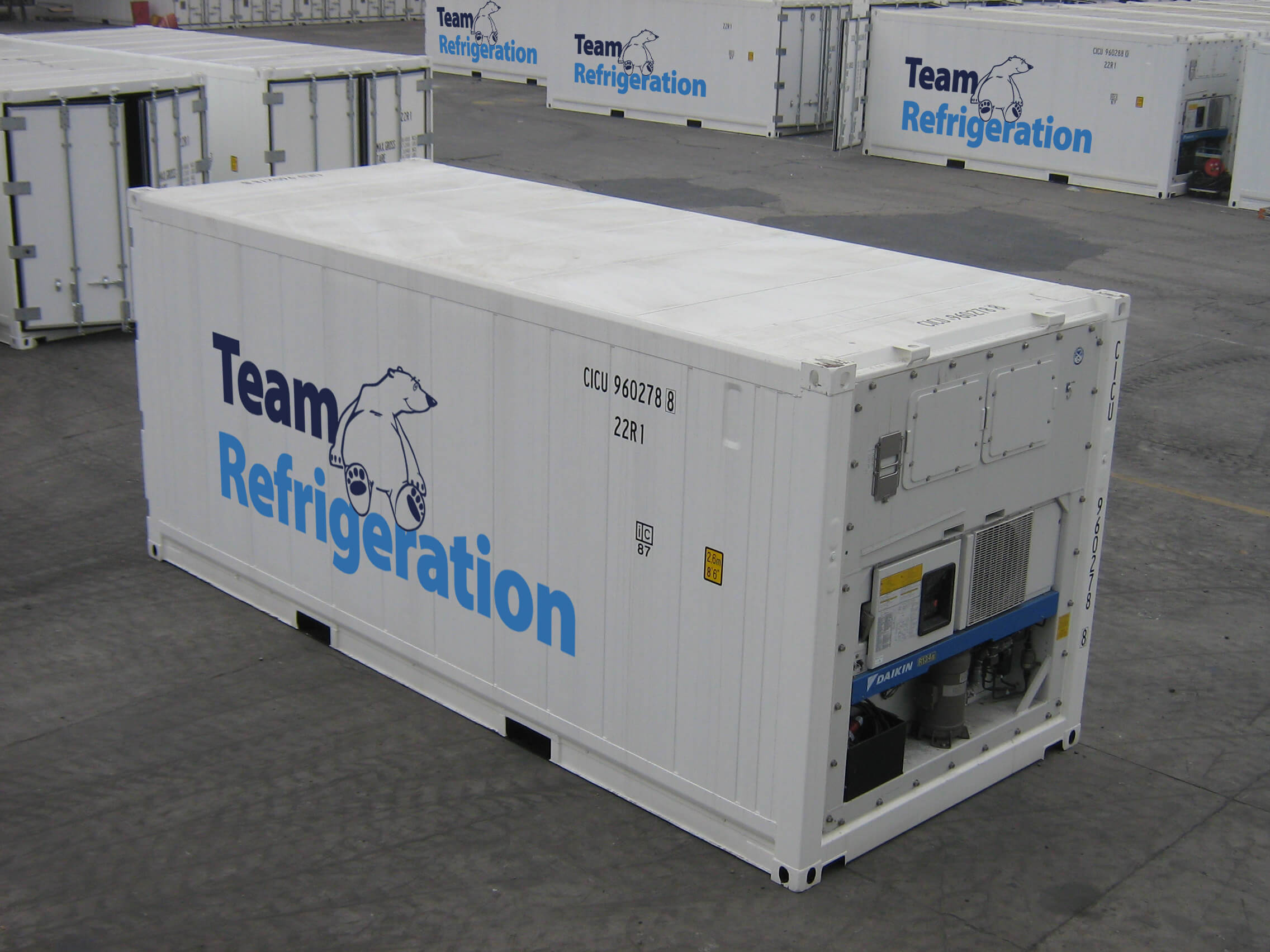International shipping and logistics have come a long way since its inception, bringing goods and produce from around the world to new markets to expand growth and consumerism worldwide. Whilst some of the first vessels that brought shipments overseas were plagued with issues of freshness, the addition of refrigerated container systems have provided overseas markets with temperature controlled, fresh produce. A refrigerated shipping container is similar to the regular inter-modal shipping containers that stack together aboard container ships, to make the movement of large scale produce easier. These containers are loaded onto the ships at container ports, and ferried to their destination via other means of transport, such as train or truck.
Strict Regulated Temperature Controls
Refrigerated units offer a shipper the ability to include fresh produce, frozen produce and any other material that needs strictly regulated temperatures to reach their destination at the peak of its freshness. This also includes pharmaceutical and scientific, temperature-sensitive cargo that needs to meet strict requirements by global shipping laws and regulations
With the globalisation of markets around the world, and the help of refrigerated containers, more fresh food is able to be shipped year on year. Some foods, such as fresh fish, meat and other perishables were previously only able to be shipped via air-freight for its quickness of shipment, which meant the overall price for these items has risen.
Fresh Produce Transportation on a Global Scale
Thanks to the addition of temperature controlled refrigerated shipping containers, fish can be frozen at the point of being caught, and then shipped around the world in these handy containers. With a regulated temperature control on each container, the fish reaches its market as fresh as the hour it was caught at.Refrigerated containers contain a temperature control unit, much like any domestic refrigerator, whereby a thermostat regulates the specific temperature to which the goods will be shipped at. Temperature is set in accordance with the specific items included in the shipment and is then transported to the container port.
Externally Powered or Internal Means of Continuation of Service
Modern refrigerated containers include the ability to attach to an external power supply whilst on the container ship to allow the temperature control to continue throughout its journey. Some larger models even include their own generators that run on diesel fuel to allow them full autonomy throughout the entire transportation itinerary.Many refrigerated shipping container dimensions are similar to that of regular shipping containers, but may include much larger or smaller versions for specific purposes.The average dimensions of a temperature controlled shipping container is 20ft with the larger models being 40ft. .The differing refrigerated shipping container specifications are used for varied purposes, though the majority of refrigerated transportation containers are used to keep food and produce as fresh as possible. New markets are opening all the time from Asia, the Middle East and Europe, allowing new produce to be introduced globally, to the delight of emerging markets.

20ft Refrigerated Container for Hire
